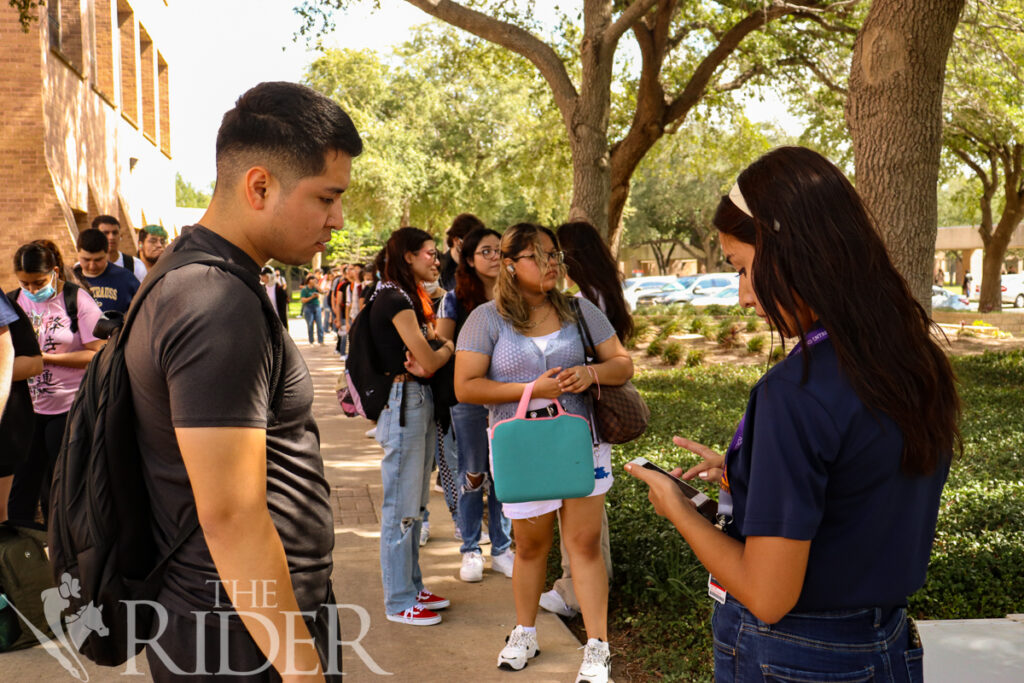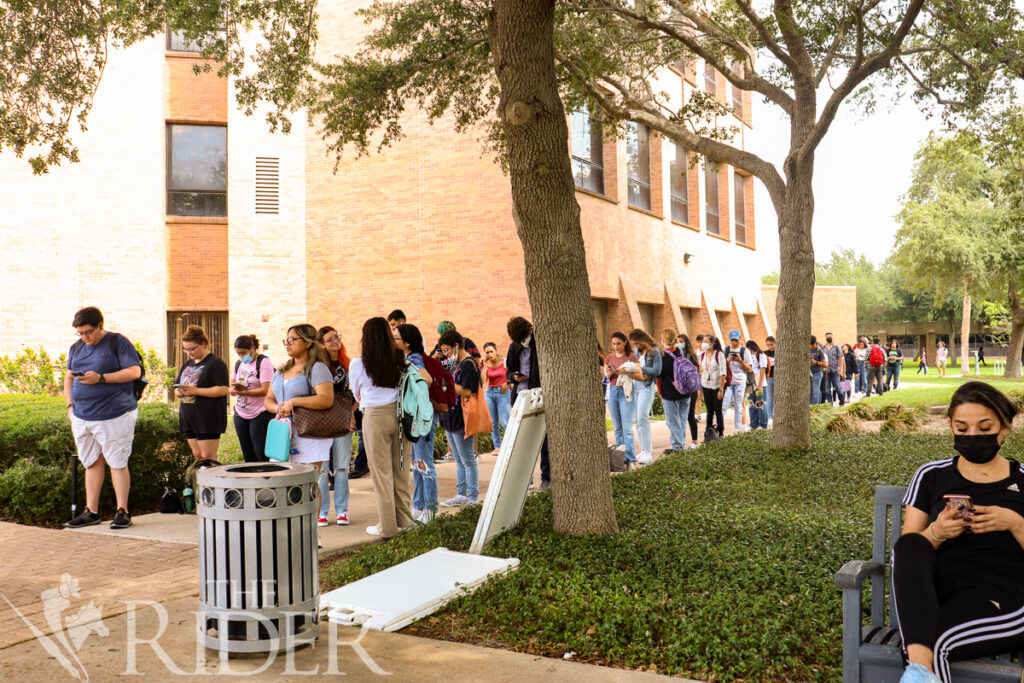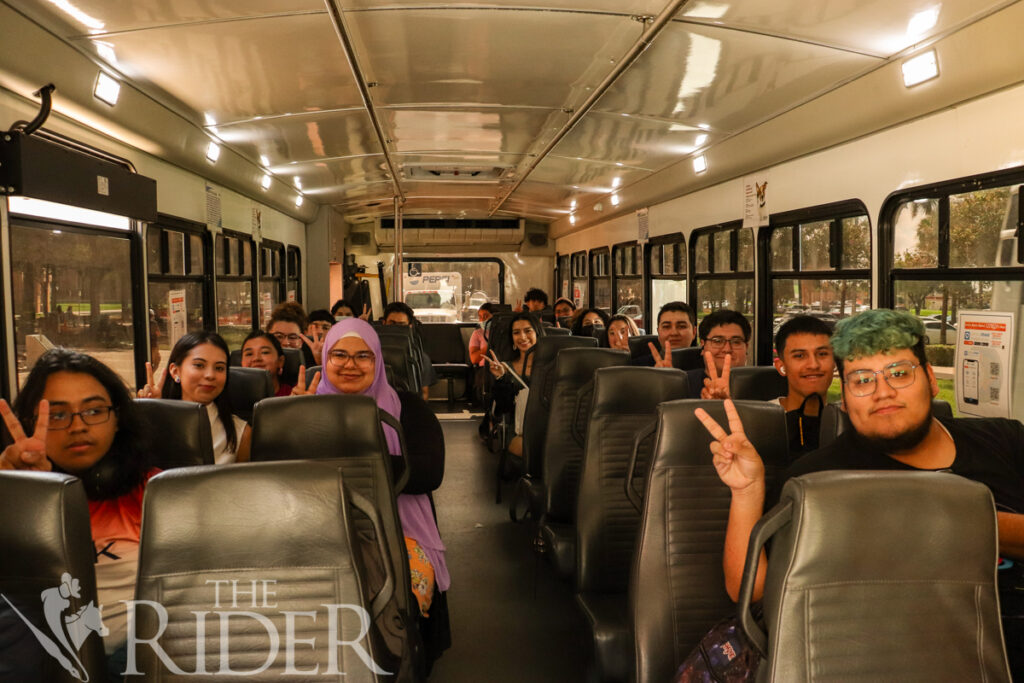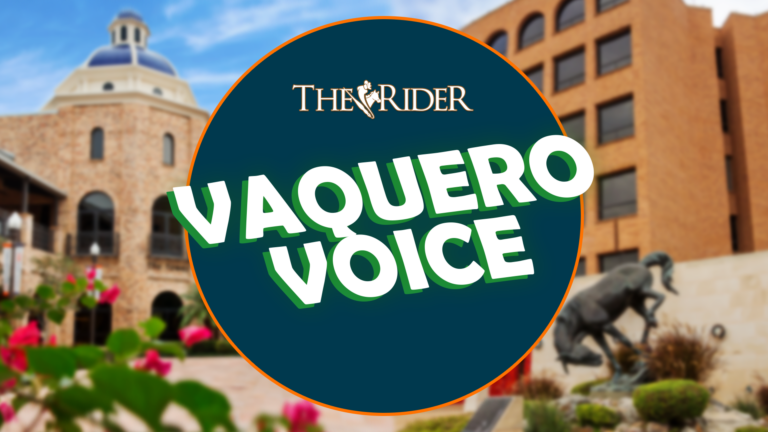
UTRGV officials say about 1,500 passengers rode the Campus Connector on Aug. 29, the first day of the fall semester at UTRGV. The Transportation and Parking Department approaches this demand with excitement, but is not shying away from the concerns of its passengers.
The main change is the influx of students, both returning and, especially, the freshman class, the largest in UTRGV history.
Last week, the university said there were 5,757 incoming students, as reported by The Rider in its Aug. 29 issue.
“There’s a lot more people this year than there were last year,” said student Jaime Vadiendos.
Rodney Gomez, executive director of UTRGV Parking and Transportation, said the department is working to address the increase in ridership.
“We’ve had peaks in the morning coming from campus to campus … where we’ve had four or five buses at one time because there’s been so many people,” Gomez said about the shuttle service. “So we do our best to adapt to that demand.”
Some students have complained about the larger number of passengers and the lack of air conditioning on the shuttles, especially in the afternoon.
“It can get really hot in there,” said student Lauren Torres.
Vadiendos agreed.

“On the way back, for sure, it got hot,” he said.
Gomez said the lack of air conditioning is a maintenance issue.
“That might be a factor,” he said. “You know, maybe we haven’t gotten a bus back from wherever we got it to be repaired.”
Gomez said the department is addressing the issue.
“We are completely rehabbing most of our internal fleet … completely replacing the engine, replacing some of the other parts, including the AC, so that we don’t have a repeat of that,” Gomez said. “Because we need those buses on the road, we’re doing it on [a] one-by-one basis.”
He also responded to students’ concern about the elimination of the 8 p.m. line.
“We needed to find some time, just for safety purposes, to allow the driver to rest and to allow the vehicle to be refueled,” Gomez said.
Other students are concerned about not having enough lines in general.
“If our [professors] let us out late, then we might miss the shuttle back to Brownsville,” art major Ashley Bana said. “Sometimes [students] work and they miss the bus and that’s hard.”
According to Gomez this issue could be addressed by the municipalities of Brownsville and Edinburg prioritizing public transportation.
“We could benefit from a more developed transit system that offered more routes, more routes throughout the day instead of certain times of the day,” he said.
Despite these challenges, Gomez remains confident the UTRGV public transportation system is a vital service for students on campus.
“It’s very cost effective to take the bus versus typically taking a private automobile, just in terms of the insurance, the maintenance, the gas, all of that stuff,” he said. “You can be on a bus. Study, relax, just chill out and you’re gonna get to where you need to go.”

For Gomez, the same is true for the importance of the VOLT line, which runs through both campuses, driving students throughout campus and the parking lots.
“That’s just convenience,” he said. “You can park remotely. … You can take the VOLT.”
Vadiendos and Torres agree.
“They’re doing pretty good so far,” Vadiendos said.
Torres said, “It’s, honestly, a good experience.”






